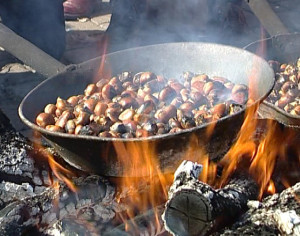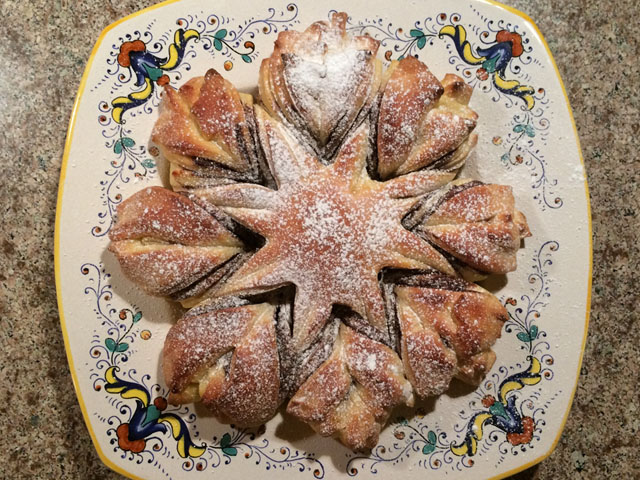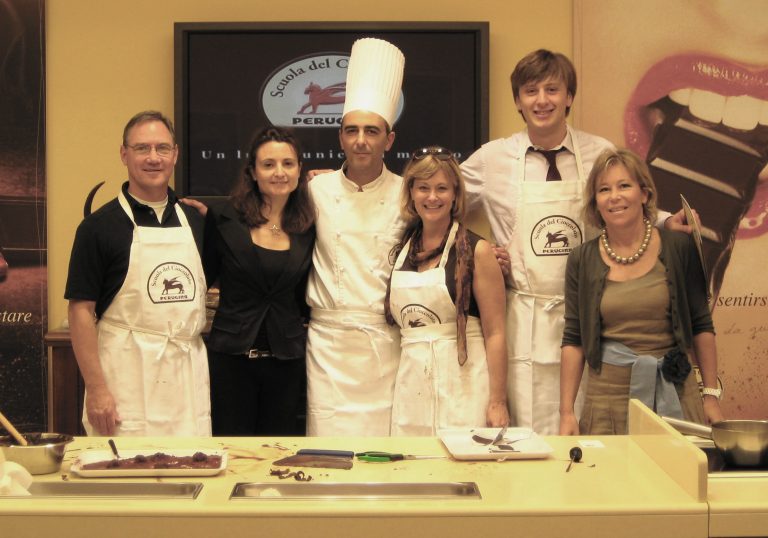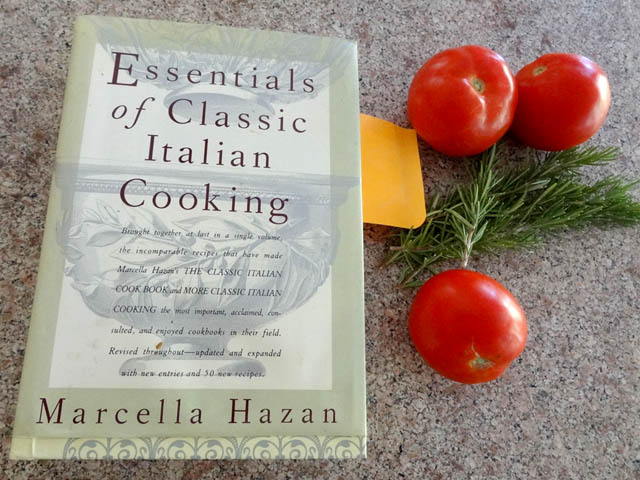
La donna che ha insegnato agli americani la cucina italiana
The woman who taught Americans Italian cooking
Dalla Semplicità all’Eccellenza: L’Inizio di una Fiaba Culinaria
From Simplicity to Excellence: The Beginning of a Culinary Fairy Tale
Marcella Hazan, la leggendaria ambasciatrice della cucina italiana in America, è scomparsa lasciando un vuoto immenso nel cuore degli amanti del buon cibo. La sua storia è una fiaba culinaria: nata in Italia e approdata a New York nel 1955, Marcella non sapeva cucinare né parlava inglese quando lasciò una promettente carriera accademica per seguire suo marito Victor negli Stati Uniti.
Marcella Hazan, the legendary ambassador of Italian cuisine in America, passed away, leaving a profound void in the hearts of food lovers. Her story is a culinary fairy tale: born in Italy and arriving in New York in 1955, Marcella neither knew how to cook nor spoke English when she left a promising academic career to follow her husband Victor to the United States.
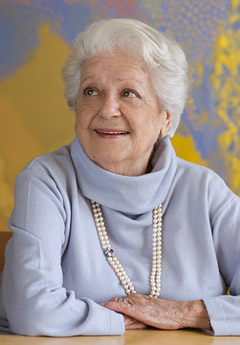
Un Omaggio Personale a Marcella: Tra Ricordi e Ricette
A Personal Tribute to Marcella: Between Memories and Recipes
La scorsa settimana, durante un volo da Roma a San Francisco, ho letto su Il Messaggero della scomparsa di Marcella Hazan. Come molti appassionati di cucina italiana, possiedo il suo libro, un vero tesoro di ricette per pasta perfetta e una parmigiana di melanzane da sogno. Sebbene di solito improvvisi con gli ingredienti che trovo nel frigorifero, mi sono spesso affidata al libro di Marcella per ispirazione. Di recente l’ho preso dalla libreria, con ancora un post-it che segna la pagina della sua ricetta degli gnocchi. Per onorarne la memoria, ho fotografato il libro accanto a pomodori e rametti di rosmarino—un omaggio che, spero, avrebbe apprezzato.
Last week, on a flight from Rome to San Francisco, I read in Il Messaggero about Marcella Hazan’s passing. Like many Italian cooking enthusiasts, I own her book—a treasure trove of recipes for perfect pasta and mouthwatering eggplant Parmesan. While I tend to improvise with ingredients from my fridge, I’ve often turned to Marcella’s book for guidance. I recently pulled it from my shelf, a post-it still marking her gnocchi recipe. To honor her memory, I photographed the book alongside tomatoes and sprigs of rosemary—an homage I hope she’d appreciate.
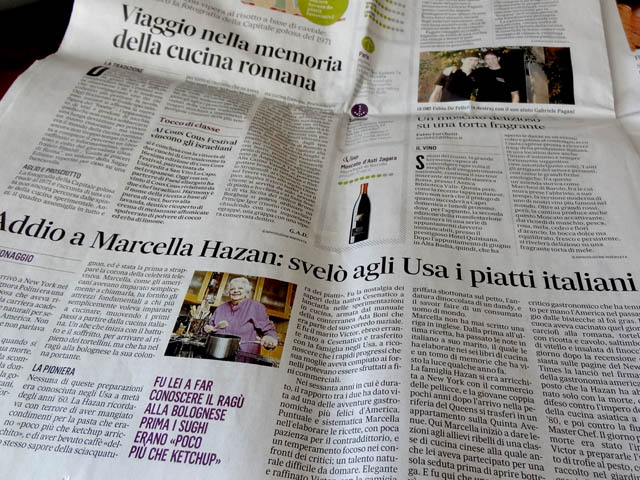
Dalla nostalgia alla rivoluzione gastronomica
From nostalgia to a gastronomic revolution
Fu la nostalgia per i sapori della sua casa a Cesenatico a spingerla verso i fornelli. Armata del manuale di cucina di Ada Boni, parte del suo corredo nuziale, iniziò a sperimentare. Presto suo marito Victor riconobbe il talento innato di Marcella e lo trasformò in un successo commerciale. Le sue ricette, scritte in italiano e tradotte da Victor, cambiarono il modo in cui gli americani vedevano la cucina italiana.
It was the nostalgia for the flavors of her home in Cesenatico that drove her to the kitchen. Armed with Ada Boni’s cookbook, part of her wedding trousseau, she began experimenting. Soon, her husband Victor recognized Marcella’s innate talent and turned it into commercial success. Her recipes, written in Italian and translated by Victor, changed the way Americans viewed Italian cuisine.
Da New York alle stelle della gastronomia americana
From New York to the stars of American gastronomy
A New York, Marcella iniziò insegnando cucina cinese, ma ben presto passò a lezioni di cucina italiana. La svolta arrivò quando Craig Clairborne, critico gastronomico del New York Times, assaggiò i suoi piatti – carciofi alla romana, tortellini con ricotta e cavolo, saltimbocca di vitello e insalata di finocchi – e scrisse una recensione entusiastica. Marcella divenne una stella della gastronomia americana, guidando il paese verso l’autenticità della cucina italiana.
In New York, Marcella began by teaching Chinese cooking but quickly moved to Italian cooking lessons. The turning point came when Craig Clairborne, food critic for The New York Times, tasted her dishes – carciofi alla romana, tortellini con ricotta e cavolo, saltimbocca di vitello, and insalata di finocchi – and wrote a glowing review. Marcella became a star in American gastronomy, leading the country toward authentic Italian cooking.
Un’eredità immortale
From nostalgia to a gastronomic revolution
Marcella difese la cucina italiana contro le mode del sushi e della cucina asiatica negli anni ‘80 e contro la spettacolarità dei Master Chef. Al suo fianco, fino all’ultimo giorno, suo marito Victor, che le preparò un ultimo piatto di trofie al pesto con basilico raccolto dal loro giardino in Florida.
Marcella defended Italian cuisine against the trends of sushi and Asian fusion in the ‘80s and the theatrics of Master Chefs. By her side until the very end was her husband Victor, who prepared her one last plate of trofie al pesto with basil picked from their Florida garden.


